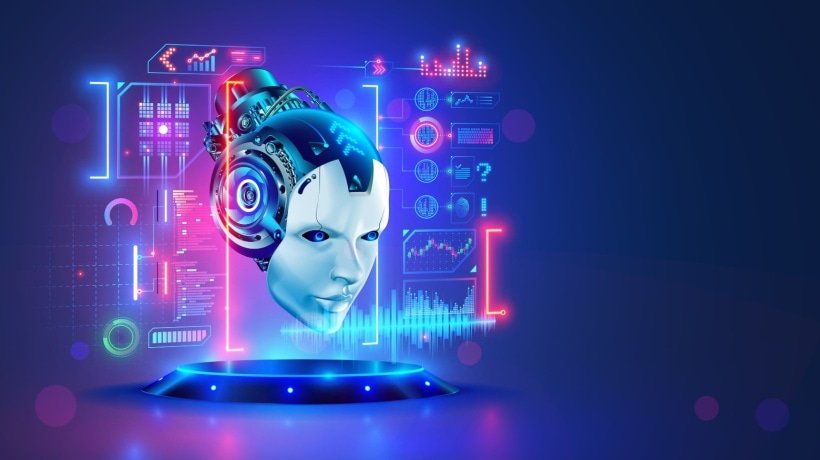We Will Be Learning In Augmented Environments
More often than not, articles and reports about Artificial Intelligence center on how machines will replace people and take all our jobs. The reality is not so sinister, but technology will continue to change the skills that organizations require to be effective and successful. It’s critical to understand where things intersect in order to future-proof your organization.

The world is more chaotic and complex than ever, but learning technology has the potential to mitigate this complexity by augmenting our intelligence and equipping people with the skills they need to adapt and evolve. We should emphasize the importance of understanding the relationship between Artificial Intelligence and human beings. The best results are achieved by people and machines working in tandem.
Automation Of Processes
Automation is a big part of the shift as organizations begin to embrace the automation of many human capital-related processes. Nearly one-third employ some sort of automation in the delivery of learning content and about 18% use it to help with content development. As automation increases, so do opportunities for Artificial Intelligence and machine learning.
It is also important to understand what AI is and what it isn’t. Most of what we encounter today is really machine learning, where software uses algorithms to learn and recognize patterns. These algorithms are derived from deep learning, where software is designed like the neural network of the brain to absorb and interpret data.
Deep Learning And Artificial Neural Networks
Deep learning represents the jump from telling computers what to do to providing examples of what to do and letting them figure out how to apply it to other situations.
As an example of how we interact with these different levels of machine intelligence, think about trying to get from point A to B. You could employ augmented intelligence and use a ride-sharing app. Or you could use a deeper layer of intelligence and use a navigation app to guide you as you drive, taking in data about construction and accidents to identify the shortest route. Finally, you could hop in your self-driving car and put everything into the hands of the software—which is what AI really is.
AI Pillars In eLearning
Machine learning and Artificial Intelligence offer plenty of opportunities for L&D, thanks to the vast amounts of data generated and its connection to people and how they interact with content and technology. One area where this intersection is apparent is natural-language processing. This is the ability of machines to understand and interpret human language the way we write and speak it. eLearning was developed to speed up learning while maintaining (or increasing) quality. Artificial Intelligence can take this to the next level.
There Are Already A Few Components Of AI Contributing To Personalized Learning
- Auto-tagging
AI listens to content assets, understanding various keywords (in the background) to produce tags that assist with categorization and search, without doing so manually. - Deeper global search
AI takes content discovery to a new level by deeply analyzing learning content and how it’s used in the organization to improve the sharing of both traditional learning and user-contributed assets. - Invite-to-watch
AI pre-generates a list of people within the organization who showed interest in contents similar to what is being uploaded. It ensures contributions are served to people who value it the most.
AI Will Evolve To:
- Automate admin tasks: including course enrollment triggered by events or criteria. (For example, there is a change in a regulation related to food handling. All food handlers are immediately enrolled in that course, take a test and become certified, so they can provide evidence of compliance when an audit takes place, automatically.)
- Content curation and generation from external sources: for example, “Here are 10 free YouTube videos that will help you learn the skill at hand,” in addition to that learner’s prescribed courses.
- Internal Subject Matter Experts train a virtual coach (not a chatbot): gathering more knowledge to train learners, providing immediate answers to questions.
AI Gives L&D Admins More Time To Connect With Learners By Producing Better Experiences
an example of how Artificial Intelligence can help an organization, a large financial services company is using AI to help make employees more productive and keep their customers happy. They did this by having AI:
- Take over tedious admin tasks to save time and money.
- Use natural-language processing to allow customers to engage in an easier way, improving results.
- Augment the workload, allowing for more time for in-depth customer conversations.
Futureproof Your Learning And Development Scheme With Augmented Learning
If you are ready to take the next step and start working toward the improvement of your organization's L&D goals, you can download our eBook Understanding The Intersection of AI and Human Capability in L&D and further explore this fascinating field.








